Websites are essential for businesses and have experienced swift evolution in recent years. The internet currently hosts over 1.83 billion active websites, which continues to grow steadily. Thus, relying on outdated technologies for website development and management can cause you to lose not only customers but also revenue.
But how can you maintain a strong online presence for your business?
As technology evolves continuously, the preferences of internet users also change. To stay interactive and competitive in the online market, it is crucial to adopt the latest trends. Thus, optimizing your website to meet the evolving needs of your audience and keeping it regularly updated is essential. It will allow you to outshine competitors and create top-notch web app solutions.
Top 8 Emerging Technologies in Web Development in 2024
Whether you are a full-stack developer or an entrepreneur, you must consider the web development trends to improve your business’s digital personality. In this blog post, we’ll delve into the leading web development trends that can provide your business with an added boost. So, let us get started!
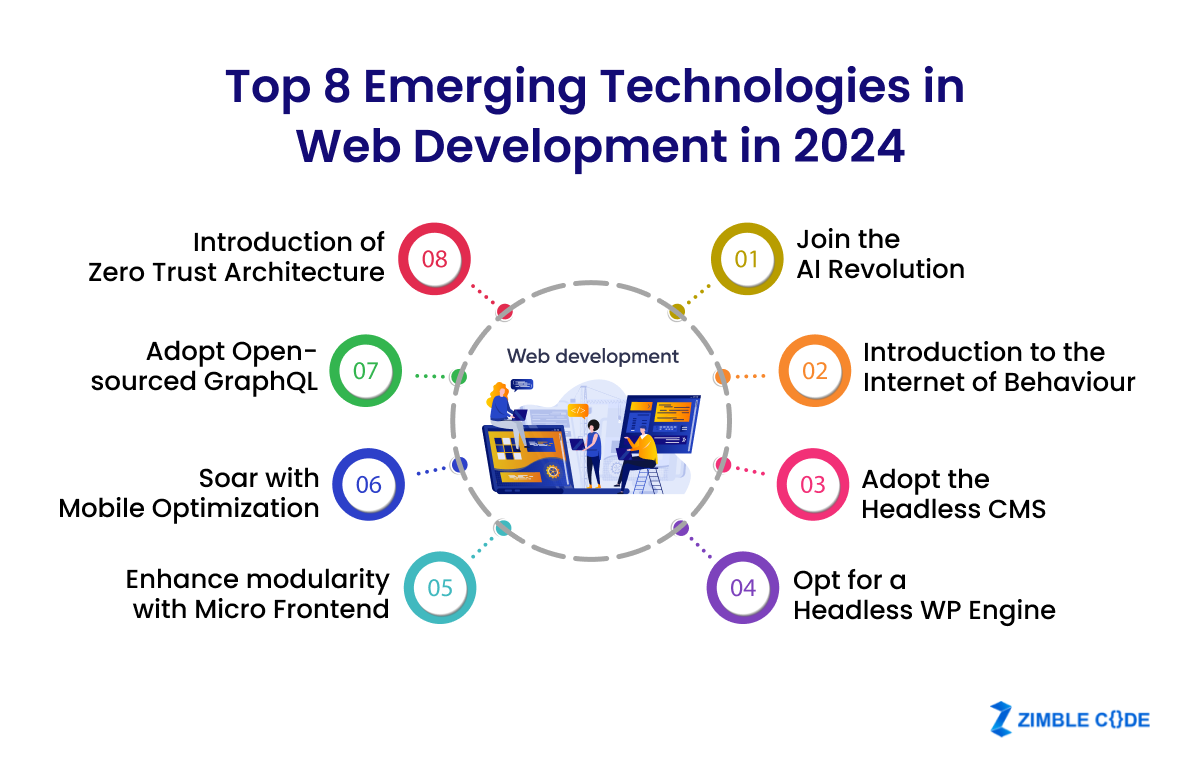
1. Join the AI Revolution
In recent years, Artificial Intelligence and Machine Learning have emerged as essential elements of web development. It can automate intricate processes and deliver personalized content tailored to diverse target audiences. Additionally, these technologies can reshape the platform’s functionality with advanced features.
You can implement AI-driven chatbots, personalized content recommendations, automated customer service, and predictive analytics to streamline your operations. This will bring your business heightened user engagement, improved site functionality, and automation. Therefore, we anticipate AI and ML will bring wonders in 2024 as pivotal roles in enriching user experiences.
2. Introduction to the Internet of Behavior
The concept of IoT has been around in the market for a while now. Now, a modified version- the Internet of Behavior (IoB), is emerging as a trend that integrates technology with behavioral psychology. It comprehends user behavior through data derived from online activities and leverages these insights to offer tailored online experiences.
IoB acts as a critical tool for marketers and web developers in New York, USA, as it allows the creation of more captivating and user-centric websites. Integrating IoT with behavioral insights creates an interconnected online world, particularly content creation and consumption. IoB will expand significantly in 2024 and beyond with these undercurrents in play.
3. Adopt the Headless CMS
The integration of evolving technologies such as IoT and IoB into modern websites receives a significant boost from headless architecture. It facilitates API-driven content delivery across various applications and devices. It also offers the same decoupled flexibility, allowing developers to utilize their preferred frontend frameworks.
In addition, CMS prioritizes the content editing experience that allows content optimization across different devices, screen sizes, and layouts. This adaptability ensures a seamless user experience and liberates content creators from rigid presentation styles. In 2024, if you are ready to adopt headless CMS for backend content management, it will foster innovation and engage content creation.
4. Opt for a Headless WP Engine
WP Engine brings an all-in-one headless WordPress platform, Atlas, that leverages a flexible Node.js frontend comprising Angular & React. It is up to 10 times faster than traditional WordPress, catching developers’ attention. It delivers exceptional performance Ad targets for crafting unique user experiences and enhancing performance, scalability, and security.
Moreover, it can streamline content management and deliver personalized experiences across various platforms. This aligns with the evolving demands of digital content creation and consumption. As such, headless CMSs, particularly headless WordPress, are expected to dominate this aspect of web development in 2024.
5. Enhance modularity with Micro Frontend
Micro frontends take the concept of headless architecture a step further by dissecting the front end into smaller, independently deployable components. This innovative approach grants precise control over each user interface (UI) aspect. Thus, embracing micro frontends heralds a new era of development characterized by enhanced modularity and flexibility in UI design and management.
Furthermore, it fosters modular UI development, tech versatility, streamlined updates and maintenance, improved performance, and elevated user experience. This paradigm shift boosts team agility and efficiency by fragmenting monolithic frontends into manageable parts, empowering different teams to work autonomously on distinct UI sections, akin to the modularity seen in backend microservices. Thus, as we journey through 2024, micro frontends will emerge as a prized methodology in front-end development in New York, USA.
6. Soar with Mobile Optimization
The significance of mobile optimization in web development has continued to grow steadily over the years, remaining a fundamental aspect. In 2024, as consumer demands evolve and mobile devices offer more functionality, maintaining mobile optimization poses a formidable challenge. So, web developers must prioritize elements that were once considered optional.
It includes mobile-first design, AMP implementation, progressive web app development, and meticulous, responsive web design. These elements are indispensable for ensuring seamless user experiences across all devices. You must also opt for future-proof WordPress themes and plugins to embrace mobile-first design principles. It will ensure that responsive layouts are not merely an afterthought but a primary consideration in 2024.
7. Adopt Open-sourced GraphQL
Introduced by Facebook in 2012 and later made open-source in 2015, GraphQL has transformed how developers engage with APIs. It was designed to overcome the limitations of traditional REST APIs and allow more efficient, precise data queries. Due to its flexibility and data request consolidation capabilities, even tech giants like GitHub and Shopify are adopting it.
As GraphQL adoption expands across WordPress sites and beyond, developers can expect to build more dynamic, scalable, and adaptable web applications. It will cater to the advanced needs of modern web audiences. Thus, GraphQL is gaining significant momentum in WordPress development as 2024 approaches.
8. Introduction of Zero Trust Architecture
In 2024, cybersecurity will be of utmost importance, mainly due to the escalating sophistication of cyberattacks. Thus, Zero Trust Architecture emerges as a popular security model, assuming no user or device is inherently trustworthy, regardless of their location or network. ZTA considers that potential threats can originate from anywhere inside and outside the network.
Furthermore, it offers practical components for a WordPress security strategy. By never trusting any user or device by default, ZTA mitigates risks associated with outdated plugins and themes. It also undertakes continuous authentication and authorization for every access request to prevent unauthorized access. So, it fortifies security through micro-segmentation, least privilege access, and relentless monitoring, adapting to modern IT environments.
Wrapping Up!
The field of web development in New York, USA, is constantly evolving, with trends shifting and transforming. Thus, embracing these trends can keep your website relevant in the ever-changing digital landscape. The trends above represent the latest advancements in web development, essential for ensuring your website’s continued growth.
So, if you’re considering implementing these changes, you can connect with a specialized web development company like ZimbleCode. With extensive experience, we understand the significance of adjusting to changes in the industry. Our expert developers are well-versed in a range of innovative technologies and are ready to elevate the user experience of your website. For further inquiries and details, you can connect with our team anytime!
Frequently Asked Questions (FAQs)
Q1. What is the timeframe for developing a website incorporating major trends?
If you opt for a professional website development company, the process usually spans from 1 to 4 months, beginning from scratch to featuring minimal functionality.
Q2. How much will web development cost in 2024?
The cost of web development can fluctuate significantly based on factors such as the website’s type, structure, size, and design and can range from $30,000 to upwards of $200,000.
Q3. What recent trends have emerged in front-end development?
Many developers are embracing progressive web apps (PWAs), incorporating features such as dark mode and gamified designs into their website layouts.

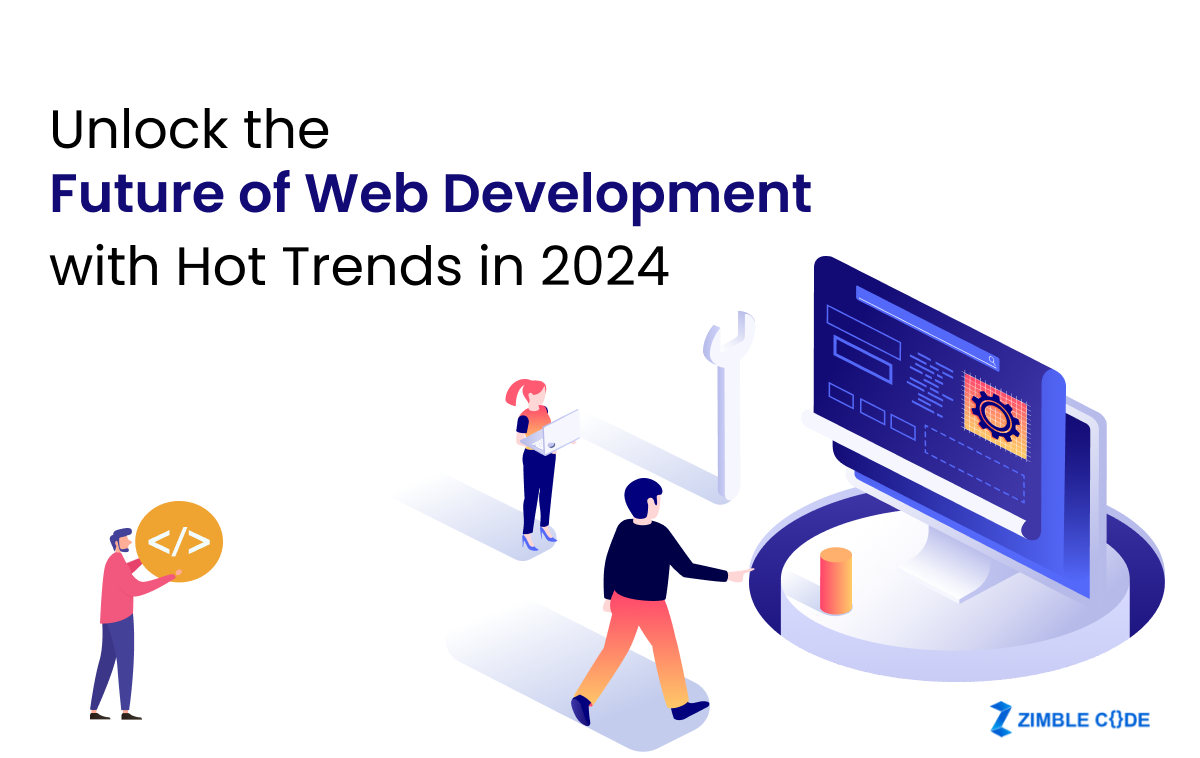
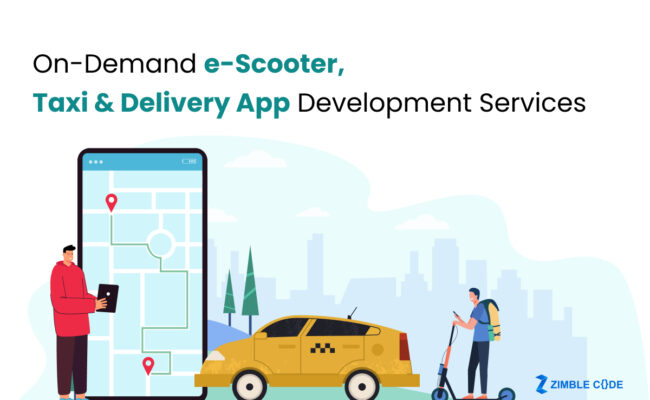
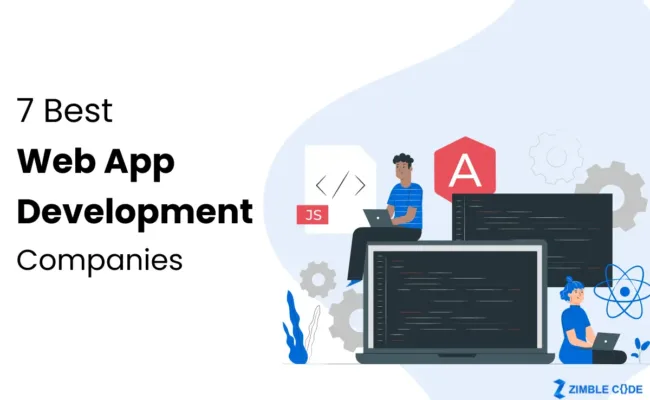
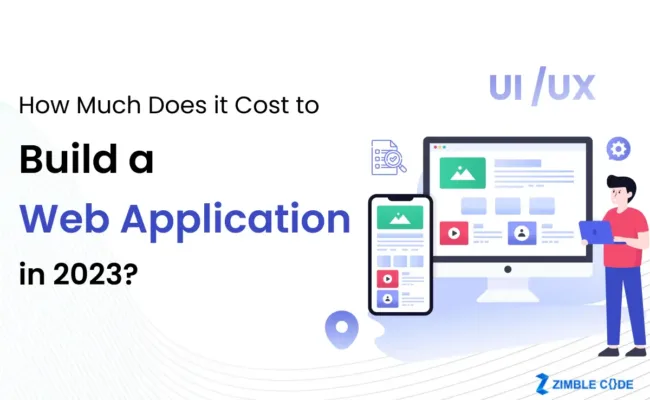

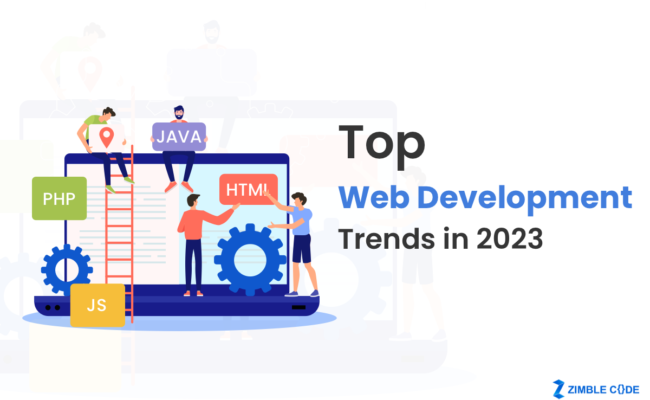

Leave A Comment